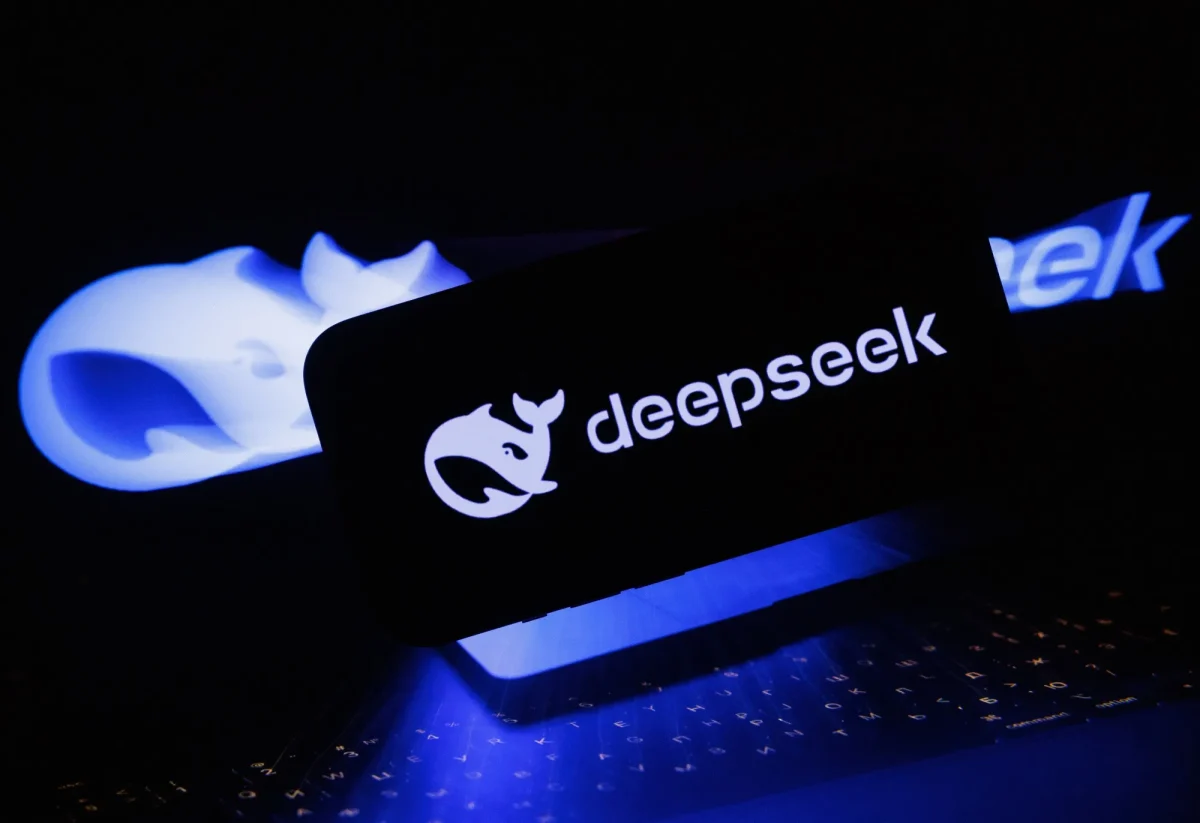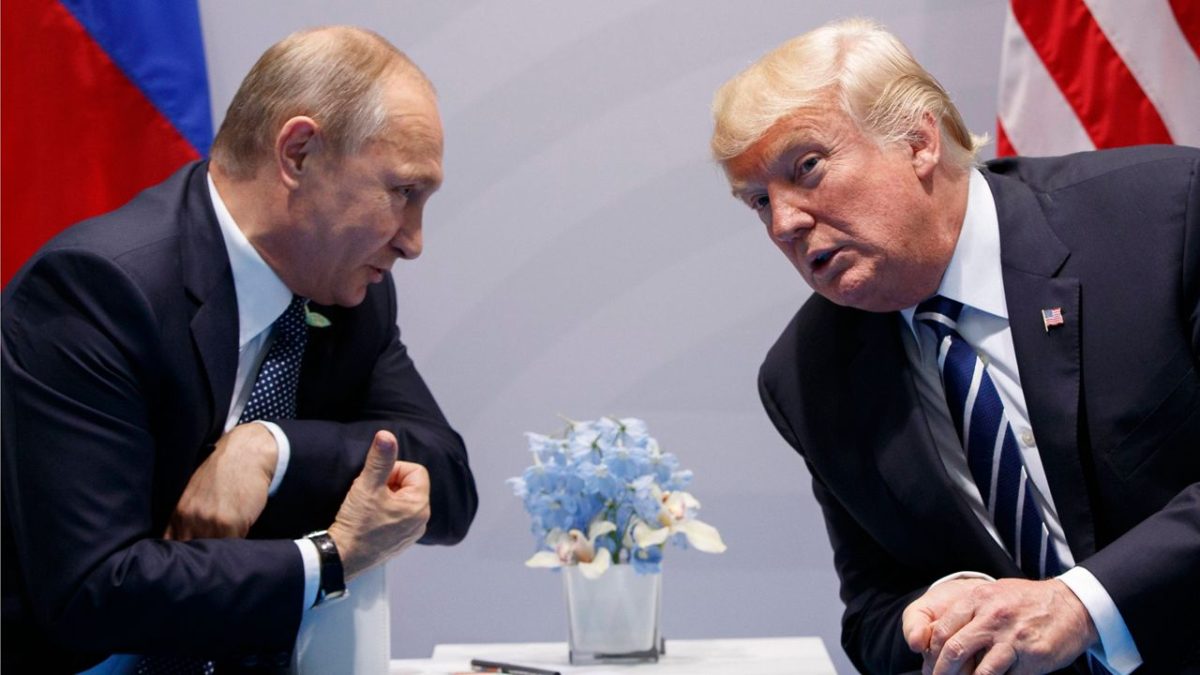Towards the end of January, Deepseek offered a new AI program called R1. This AI model is more efficient than others and costs little compared to technology giants like Open AI. The recent appearance of Deepseek’s new AI demonstrates that it is possible to build stronger AIs with small funds. The model is open source, which means that everyone can access or modify its code source.
What’s impressive about this emerging model is that it can provide accurate answers in a very short time period.
For example, someone asked the AI to display an analysis of the impact of tariffs on the world’s economy. Deepseek gave a complete answer in only 25 seconds. Furthermore, users reported that it can solve complex math problems twice as fast as ChatGPT. As reported by users, Deepseek’s AI model brings more accuracy than Chatgpt.
On the other hand, the new program failed all safety tests and has even been removed from US military devices.
Users reported that the app censors sensitive information that would contradict China’s socialist values.
Chip maker Nvidia lost 600 billion dollars in market value because of that. As the demand for chips lowered, Deepseek’s new AI offered more efficiency for a minor cost. American companies have seen their leading investors question whether the market is safe to put their money in. American companies suffered from investors’ cuts of funds, less exposure, and the loss of their monopoly on AI creation.
The recent start-ups have their own data centers, which facilitate the development of their technology. The difference between Deepseek and other American companies is the way that they build their AI through various training programs. According to experts’ analysis, the Chinese firm might have studied Chatgpt’s program to create its own with stronger operating power.
“We appreciated the opportunity to meet with President Trump and discuss semiconductors and AI policy,” an Nvidia spokeperson said in a statement. “Jensen and the President discussed the importance of strengthening U.S. technology and AI leadership.”







